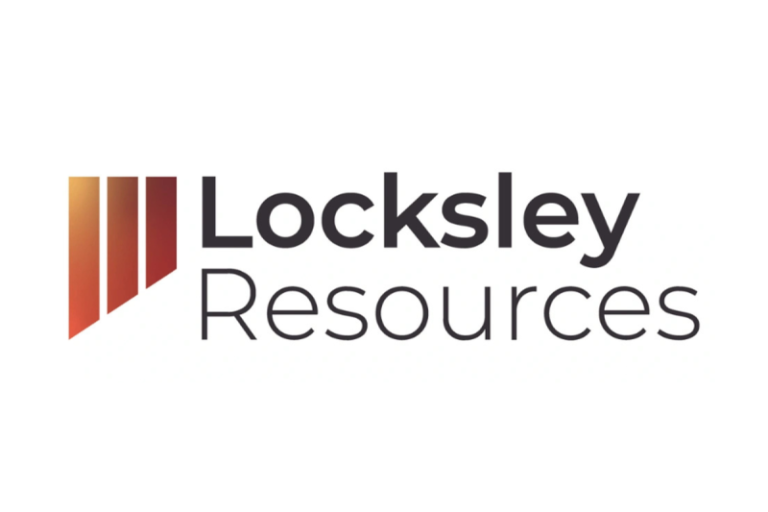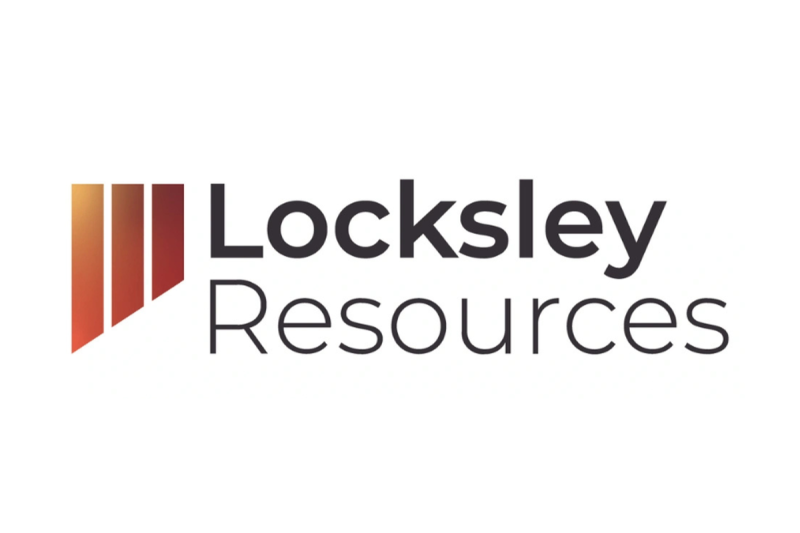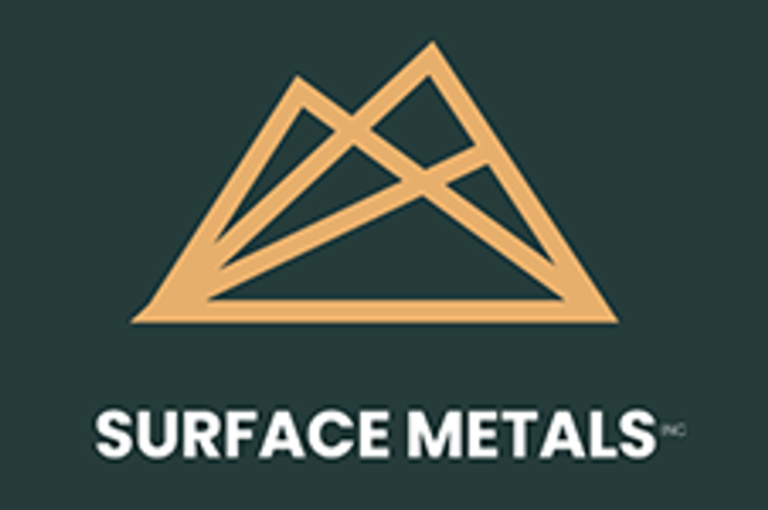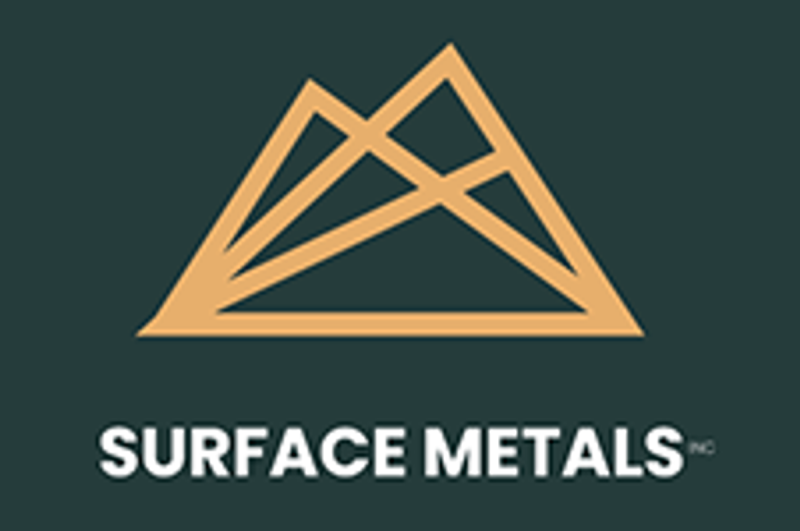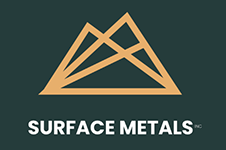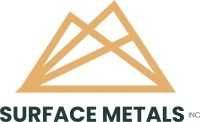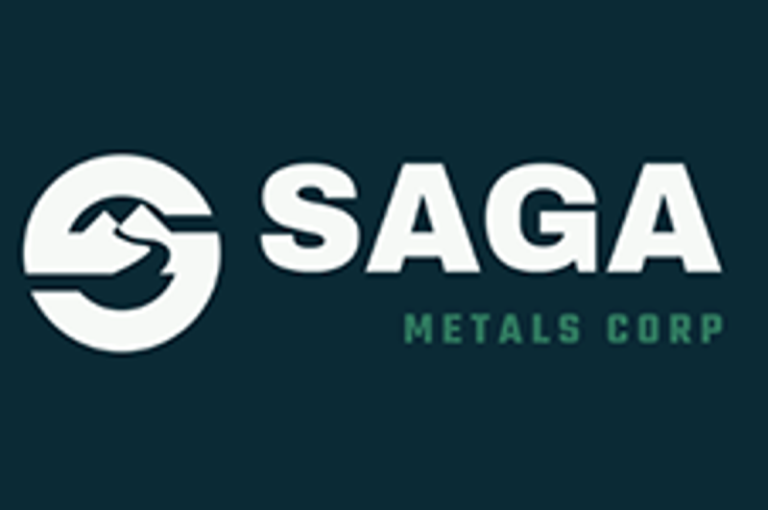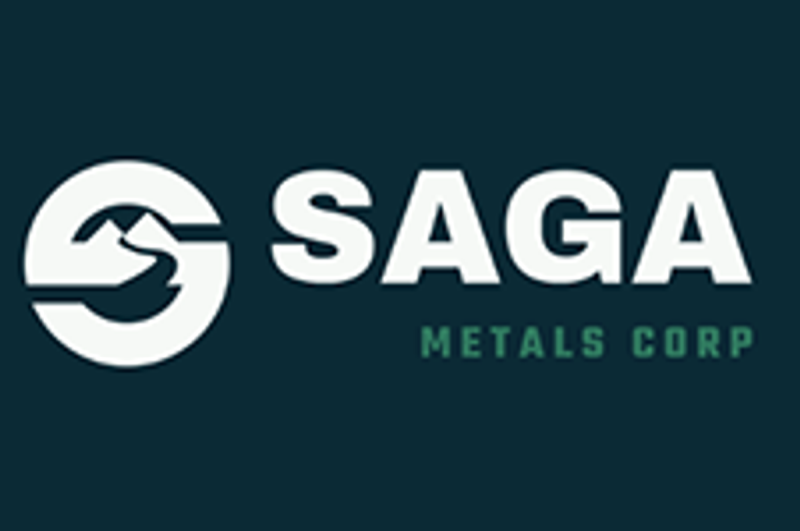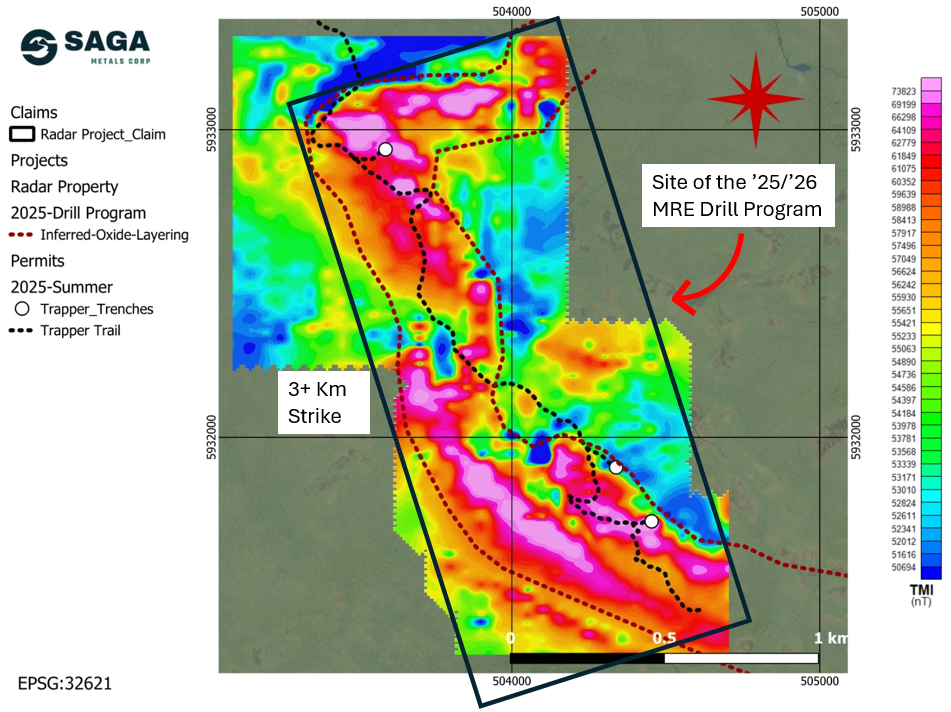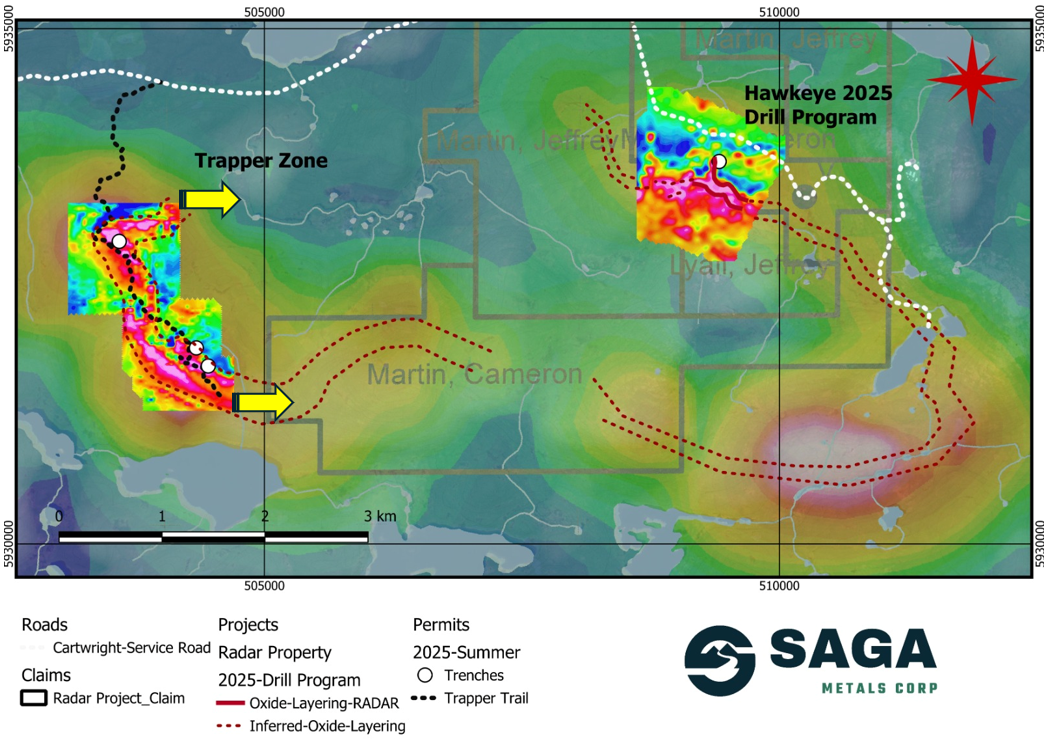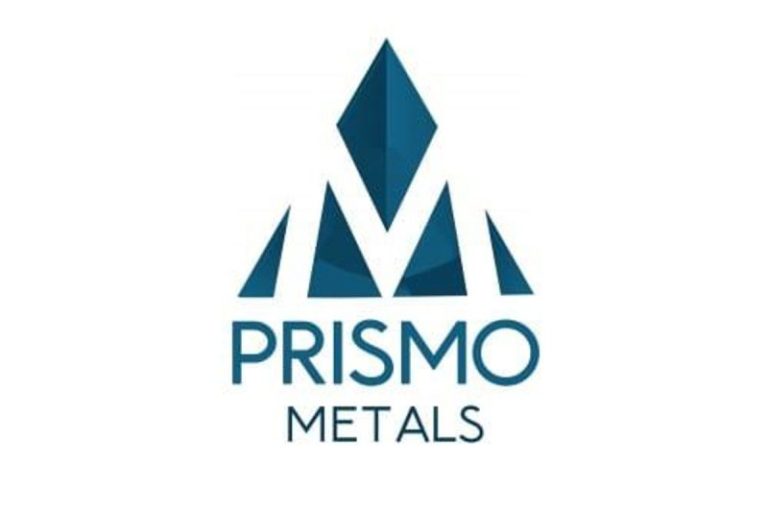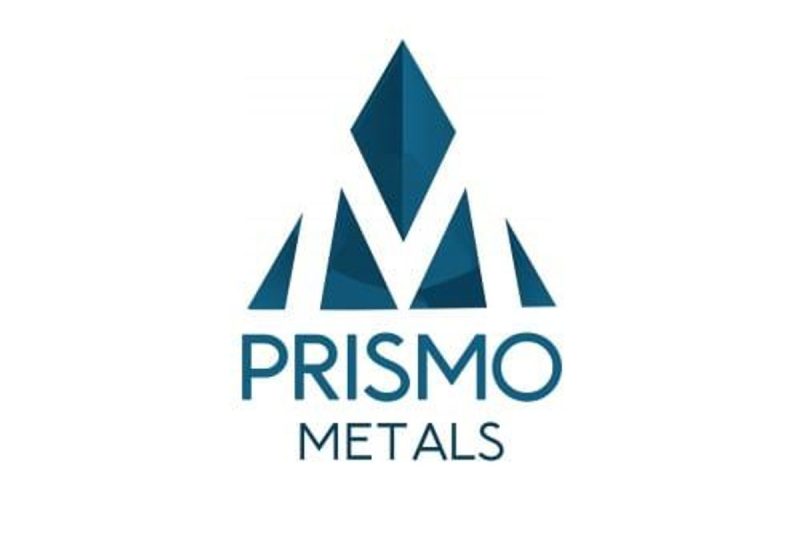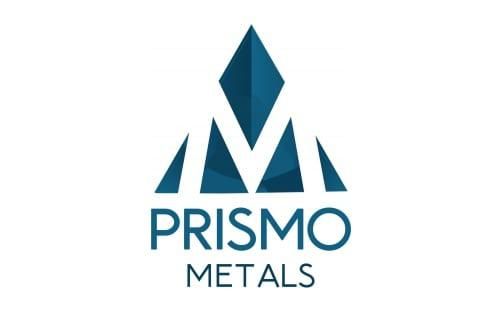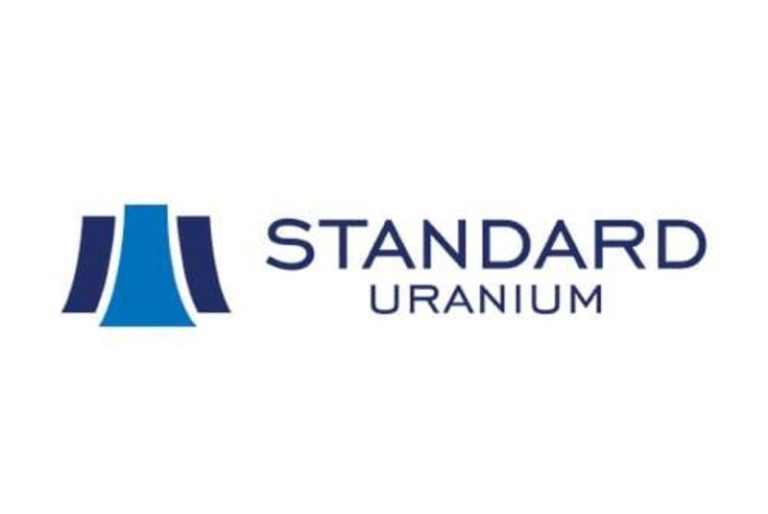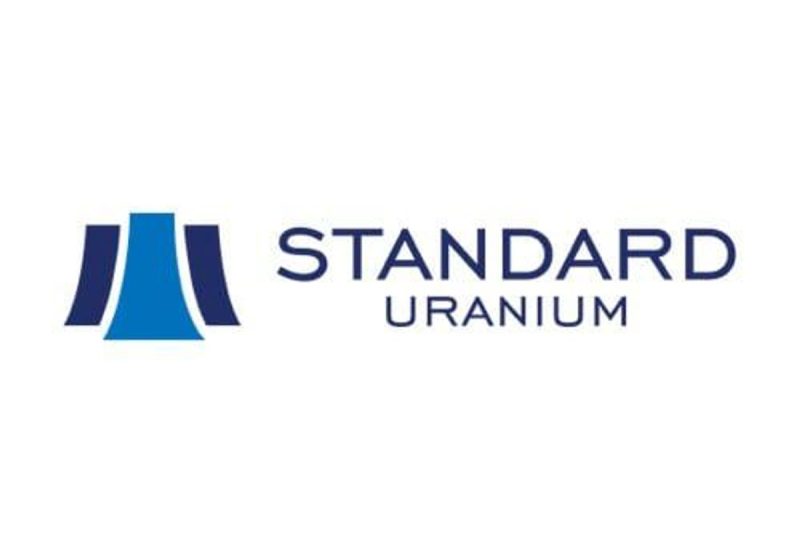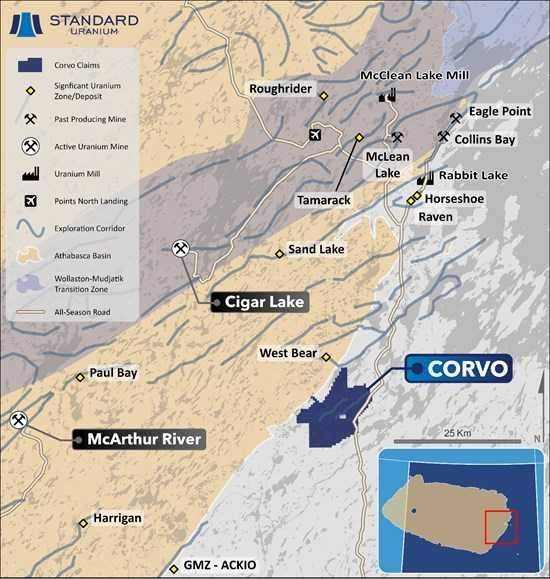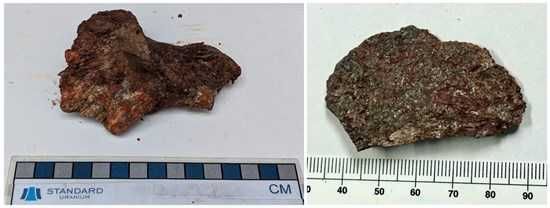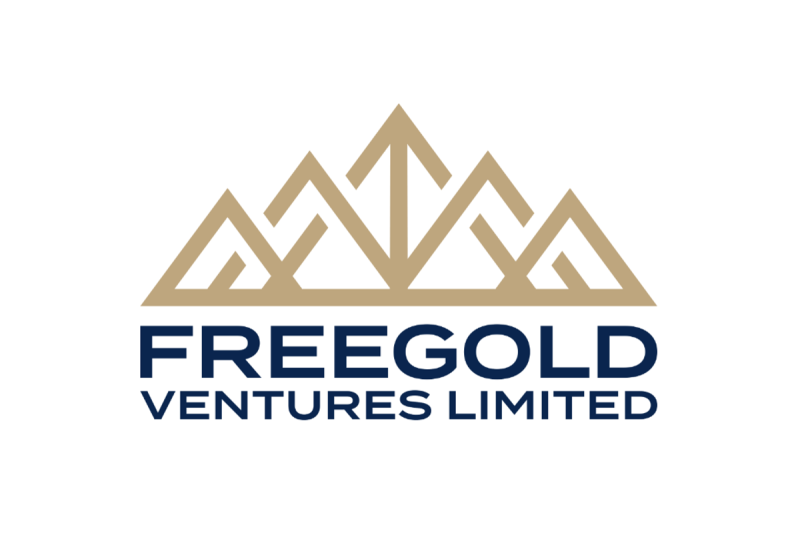
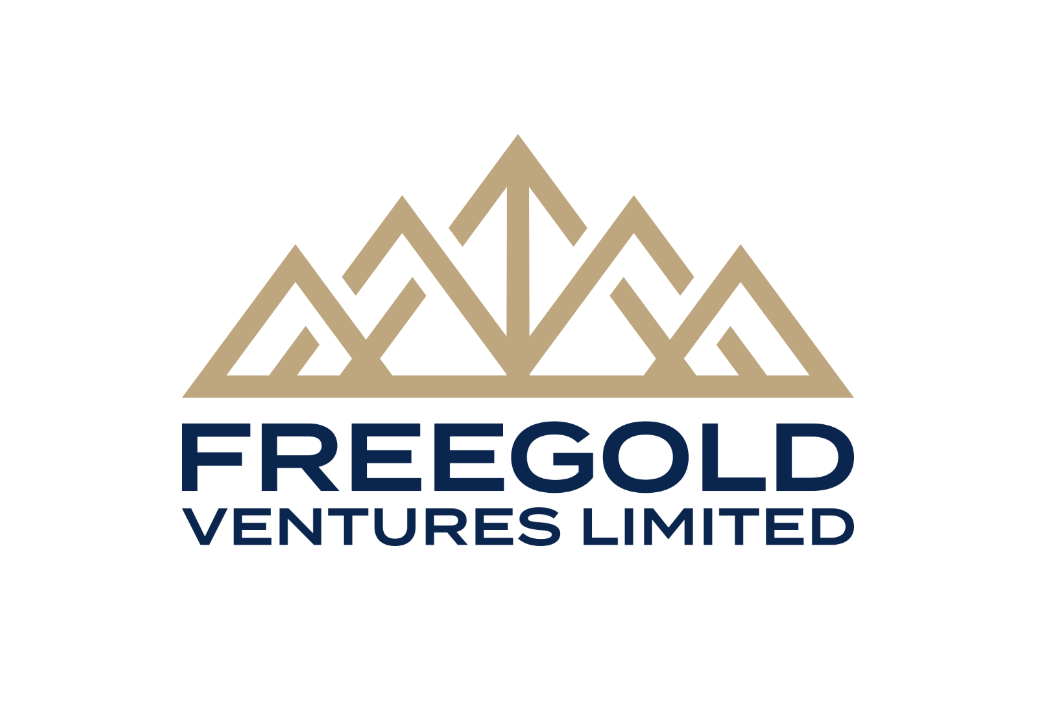
TSX:FVL,OTC:FGOVF OTCQX: FGOVF
Highlights:
|
• GS2520 |
8.18 g/t Au over 18m |
|
2.38g/t Au over 104.6m incl 4.0g/t Au over 34.4m |
|
|
• GS2506 |
1.62 g/t Au over 45.7m |
|
• GS2507 |
1.07g/t Au over 99m |
|
• GS2512 |
1.33 g/t Au over 59.4m |
|
The width refers to drill hole intercepts; true width cannot be determined due to the uncertain geometry of mineralization |
2025 PROGRAM
- Drilling is ongoing with 5 rigs
- Conversion of inferred resources into indicated & further exploration drilling and geotechnical drilling.
- 43 holes ( ~28,000m) completed
- Ongoing metallurgical work, focusing on flowsheet optionality with sulphide oxidation is a key part of our strategy to maximize the potential of the resource.
- Commencement of a Pre-Feasibility Study (PFS)
VANCOUVER, BC, Oct. 20, 2025 /CNW/ – Freegold Ventures Limited (TSX: FVL,OTC:FGOVF) (OTCQX: FGOVF) pleased to announce the results from four additional drill holes at the Golden Summit project. To date, the company has completed 43 drill holes, totaling approximately 28,000 meters, with an additional five holes currently in progress. A substantial number of assay results are still pending.
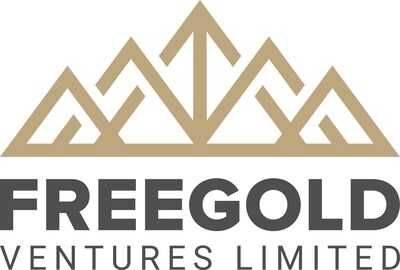
Objectives of the 2025 Drill Program
The 2025 drill program is designed with multiple objectives: to continue infilling and upgrading existing resources, to explore areas for expansion of existing mineralization, and to define the mineralized boundaries primarily in the Dolphin/Cleary Zones. These objectives are being addressed through a combination of exploration, geotechnical, and metallurgical test holes. Significant exploration potential remains to the west of the known deposit.
Metallurgical testwork is advancing, and further metallurgical processes are being evaluated to potentially increase overall gold recoveries.
Dolphin Zone
|
Hole |
Depth |
Dip |
Azimuth |
From |
To |
Interval |
Au |
|
Number |
(m) |
(m) |
(m) |
g/t |
|||
|
GS2520 |
508.7 |
-75 |
360 |
43.6 |
61.6 |
18 |
8.18 |
|
incl |
43.6 |
44.2 |
0.6 |
87.3 |
|||
|
incl |
57.6 |
59.1 |
1.5 |
42.6 |
|||
|
124 |
446.2 |
322.2 |
1.13 |
||||
|
incl |
124 |
228.6 |
104.6 |
2.38 |
|||
|
incl |
194.2 |
228.6 |
34.4 |
4.00 |
|||
|
incl |
428.9 |
446.2 |
17.3 |
1.11 |
|
The width refers to drill hole intercepts; true width cannot be determined due to the uncertain geometry of mineralization. |
GS2520
GS2520 was drilled as an infill hole in the northern part of the Dolphin Zone. Results from this hole demonstrate the potential for higher-grade mineralization closer to the surface in the northern portion of the Dolphin deposit. Notable intercepts include 8.18 g/t Au over 18m from a depth of 43m, as well as 1.13 g/t Au over 322.2m, which includes a higher-grade zone averaging 2.38 g/t Au over 104.6m.
GS2507 and GS2512
GS2507 and GS2512, two PQ core holes from the current program, were drilled to the north and both intersected broad zones of higher-grade mineralization. GS2507 returned 1.07 g/t Au over 99m from 294.1m. GS2512 intersected 184.4m grading 0.81 g/t Au at a shallower depth, well above the current resource cut-off grade of 0.5 g/t Au, and also returned an intersection of 1.33 g/t Au over 59.4m from 512.7m. This demonstrates the continued potential for mineralization at depth.
In addition to infill drilling, the core from these holes is also being used for further metallurgical testwork at BaseMet in Kamloops, BC, where it will be used to assess the comminution parameters of the Golden Summit deposit across various lithologies, alteration types, and locations.
|
Hole |
Depth |
Dip |
Azimuth |
From |
To |
Interval |
Au |
|
Number |
(m) |
(m) |
(m) |
g/t |
|||
|
GS2507 |
663.5 |
-75 |
360 |
11.3 |
19.8 |
8.5 |
0.98 |
|
94.5 |
104.9 |
10.4 |
2.48 |
||||
|
294.1 |
393.1 |
99 |
1.07 |
||||
|
GS2512 |
800.1 |
-80 |
360 |
197.5 |
214 |
16.5 |
1.15 |
|
264 |
448.4 |
184.4 |
0.81 |
||||
|
512.7 |
572.1 |
59.4 |
1.33 |
||||
|
702.6 |
708.7 |
6.1 |
6.16 |
|
The width refers to drill hole intercepts; true width cannot be determined due to the uncertain geometry of mineralization. |
Cleary Hill Area – Hole 2506
|
Hole |
Depth |
Dip |
Azimuth |
From |
To |
Interval |
Au |
|
Number |
(m) |
(m) |
(m) |
g/t |
|||
|
GS2506 |
511.1 |
-70 |
360 |
50.3 |
66.1 |
15.8 |
1.09 |
|
258.2 |
303.9 |
45.7 |
1.62 |
||||
|
447.1 |
456.3 |
9.2 |
0.73 |
|
The width refers to drill hole intercepts; true width cannot be determined due to the uncertain geometry of mineralization. |
GS2506 was drilled to the north to infill the deposit in the Cleary area further. It continues to show the potential for broader zones of higher-grade mineralization, intersecting 1.62 g/t Au over 45.7m.
Metallurgical Program
Flotation testing continues for the master composite. Initial locked-cycle tests have shown gold recovery rates exceeding 95%, utilizing gravity and cleaner flotation with the sulphide concentrate accounting for less than 5% of the total mass, thereby minimizing the volume that needs further oxidation. These results will be incorporated into a small pilot plant program at BaseMet to produce a substantial amount of concentrate for upcoming oxidation optimisation studies. These studies will be ongoing over the next several months.
Flotation tailings from this process have also passed the EPA TCLP procedure 1311, with all leachate concentrations for metals falling below maximum allowable limits, confirming environmental compliance. Further investigations are ongoing to better understand and characterize the environmental impact of all flowsheet products and tailings.
Ongoing and Future Work
The 2025 program continues to make substantial progress, with assay results from over 20,000 meters yet to be reported. Ongoing work also supports the commencement of a Pre-Feasibility Study, including cultural resource assessments, paleontology, and groundwater characterization studies.
Since 2020, the Golden Summit Project has become one of North America’s largest undeveloped gold resources. The significant increase in resource ounces and grade is the result of targeted drilling campaigns from 2020 to 2024 (over 130,000 meters), ongoing improvements to geological models, and a better understanding of mineralization controls. Positive metallurgical test results have also advanced the project. Ongoing drilling has continued to delineate zones of higher-grade mineralization and to convert previously considered waste areas into potentially economically viable mineralized zones. Continued westward expansion has resulted in the discovery of new higher-grade zones, increasing both indicated gold resources and grades.
Recovery rates exceeding 90% have been achieved using sulphide-oxidizing techniques, including BIOX®, POX, and the Albion Process . As of July 2025, the current Golden Summit resource includes an Indicated Primary Mineral Resource of 17.2 million ounces at 1.24 g/t Au and an Inferred Primary Mineral Resource of 11.9 million ounces at 1.04 g/t Au, calculated using a 0.5 g/t cut-off grade and a gold price of $2,490. A significant number of assay results remain pending. Drilling is expected to continue until mid-December and resume in February 2026. Results from the 2025 drilling campaign will inform an updated mineral resource estimate, which will support the upcoming Pre-Feasibility Study (PFS).
. As of July 2025, the current Golden Summit resource includes an Indicated Primary Mineral Resource of 17.2 million ounces at 1.24 g/t Au and an Inferred Primary Mineral Resource of 11.9 million ounces at 1.04 g/t Au, calculated using a 0.5 g/t cut-off grade and a gold price of $2,490. A significant number of assay results remain pending. Drilling is expected to continue until mid-December and resume in February 2026. Results from the 2025 drilling campaign will inform an updated mineral resource estimate, which will support the upcoming Pre-Feasibility Study (PFS).
Links to the Plan and Section 479200E
https://freegoldventures.com/site/assets/files/6287/nr_10202025_plan_map.png
https://freegoldventures.com/site/assets/files/6287/e479200e_october2025_newsrelease.pdf
HQ Core is logged, photographed and cut in half using a diamond saw, and one-half placed in sealed bags for preparation and subsequent geochemical analysis by MSA Laboratories in Fairbanks, Alaska or ALS’s facilities in Vancouver and Thunder Bay. At MSALABS, the entire sample will be dried and crushed to 70% passing -2mm (CRU-CPA). A ~500g riffle split was analyzed for gold using CHRYSOS PhotonAssay (CPA-Au1). From this, 250g will be further riffle split from the original PhotonAssay
(CPA-Au1). From this, 250g will be further riffle split from the original PhotonAssay sample, pulverized, and a 0.25g sub-sample analysed for multi-element geochemistry using MSA’s IMS230 package, which includes 4-acid digestion and ICP-MS finish. MSALABS operates under ISO/IEC 17025 and ISO 9001 certified quality systems.
sample, pulverized, and a 0.25g sub-sample analysed for multi-element geochemistry using MSA’s IMS230 package, which includes 4-acid digestion and ICP-MS finish. MSALABS operates under ISO/IEC 17025 and ISO 9001 certified quality systems.
Core samples were delivered to ALS’s facility in Vancouver, Canada, where each sample was crushed to 70% passing a 2 mm (Tyler 9 mesh, U.S. Std. No. 10) screen. A representative ~500 g subsample was obtained by riffle splitting (SPL-32a) and analyzed for gold using ALS method Au-PA01, which provides a detection range of 0.03 to 350 ppm, in Thunder Bay. In addition, a subsample was analyzed for multi-element geochemistry using ALS method ME-ICP61 (34-element, four-acid ICP-AES).
A QA/QC program includes laboratory and field standards inserted every ten samples. Blanks are inserted at the start of the submittal, and at least one blank every 25 standards.
The Qualified Person for this release is Alvin Jackson, P.Geo., Vice President of Exploration and Development for Freegold, who has approved the scientific and technical disclosure in this news release.
About Freegold Ventures Limited
Freegold is a TSX-listed company focused on exploration in Alaska.
Some statements in this news release contain forward-looking information, including, without limitation, statements as to planned expenditures and exploration programs, potential mineralization and resources, exploration results, the completion of an updated NI 43-101 technical report, and any other future plans. These statements address future events and conditions and, as such, involve known and unknown risks, uncertainties, and other factors which may cause the actual results, performance, or achievements to be materially different from any future results, performance, or achievements expressed or implied by the statements. Such factors include, without limitation, the completion of planned expenditures, the ability to complete exploration programs on schedule, and the success of exploration programs. See Freegold’s Annual Information Form for the year ended December 31st, 2024, filed under Freegold’s profile at www.sedar.com, for a detailed discussion of the risk factors associated with Freegold’s operations.
SOURCE Freegold Ventures Limited

![]() View original content to download multimedia: http://www.newswire.ca/en/releases/archive/October2025/20/c1467.html
View original content to download multimedia: http://www.newswire.ca/en/releases/archive/October2025/20/c1467.html
News Provided by Canada Newswire via QuoteMedia






